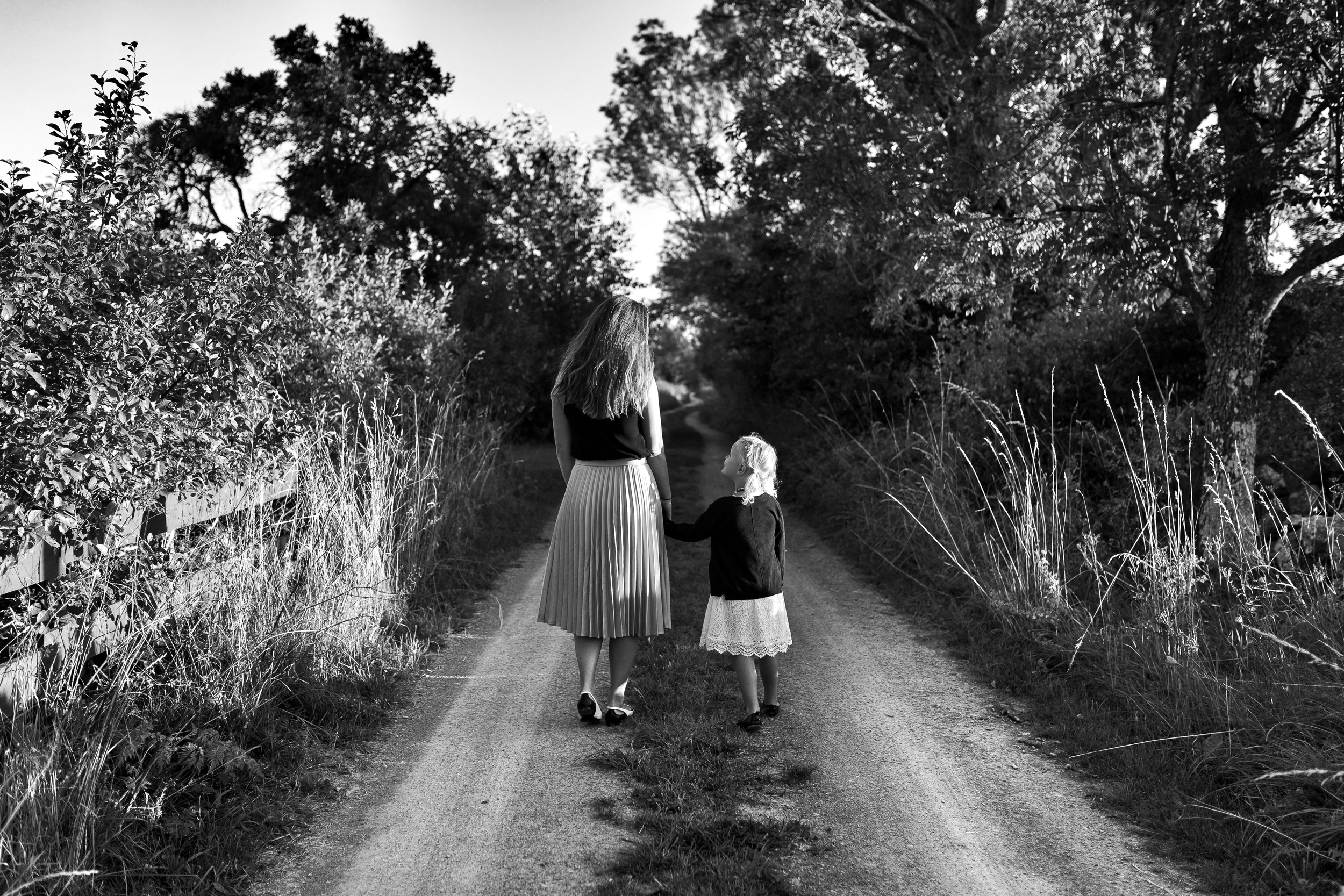"Mother and Child" by Lord Frederick Leighton - 1965
Mother’s day has a rich and varied history that most of us don’t know anything about. I’ve always loved spoiling my mum on mother’s day and I love to be spoiled by my own children. “Spoiled” doesn’t need to mean expensive gifts though, and personally I prefer that it doesn’t. Handwritten notes, homemade gifts, meals prepared for mom with abundant love, a day of no housework, plus plenty of hugs make for the best day in my books.
It’s interesting to note that the official founder of mother’s day, Anna Reeves Jarvis (1864 – 1948,) who campaigned so fervently to establish an official holiday to honor mothers, became disappointed by how the day became commercialized. In 1914, President Woodrow Wilson established the second Sunday of May as the official Mother’s Day holiday, and soon after, greeting card companies, florists and confectioners used the holiday to boost sales. She eventually spoke out against what she called “profiteers,” and launched countless lawsuits against groups using the term “Mother’s day,” spending most of her personal wealth on legal fees and trying to get it removed from the calender! (Although I understand her outrage, I’m glad she didn’t succeed with that…)
Anna Jarvis, "The Mother Of Mother's Day"
There were some interesting precursors to Anna Reeves Jarvis’s accomplishments. Here are some fun facts about the history of this special day, a day that many of us know and celebrate as far back as we can remember, regardless of our nationality or religion:
"Mother and Child" - Picasso (1929)
1: Ancient Greeks and Romans celebrated the mother goddesses, Rhea and Cybele from about the 5th century BC onwards. “Earth Goddess,” “Great Mother” and “Mountain Mother;” some celebrated her as a protector, but mostly she was portrayed as a mysterious, exotic goddess arriving in a lion-drawn chariot to the accompaniment of wild music and copious amounts of wine! …Hmm?
Cybele in a chariot drawn by lions, depicted on a Roman alter.
2: In the 16th century, Mothering Sunday fell on the 4th Sunday of lent (3 weeks before Easter.) Initially, it was a day where Christians would return to their “mother” church to worship. This was usually the church where they were baptized. In fact, those who observed this day were said to have “gone a-mothering, ” however the occasion soon became a day to honor mothers and bring them gifts.
3: Anne Reeves Jarvis established “Mother’s Day Work Clubs” from 1861-1865 to teach women how to care for children. She also created “Mother’s Friendship Day” in 1868, where mothers met with groups of former union and confederate soldiers to promote peace and friendship.
4: In 1870, suffragate, abolitionist and writer, Julia Ward Howe (1819-1910,) wrote the “Mother’s Day Proclamation,” a missive calling all mothers to unite for world peace. Her proclamation is pretty powerful, and probably more relevant today than ever. Here’s an excerpt:
This Mother’s Day, I want to go beyond celebrating only my own mother, and take a moment to acknowledge gratitude for all women, mothers or not, who nurture and love in so many ways, who give and give again to friends, extended family, communities, animals and the environment.
A peaceful and joyful Mother’s day to all!





